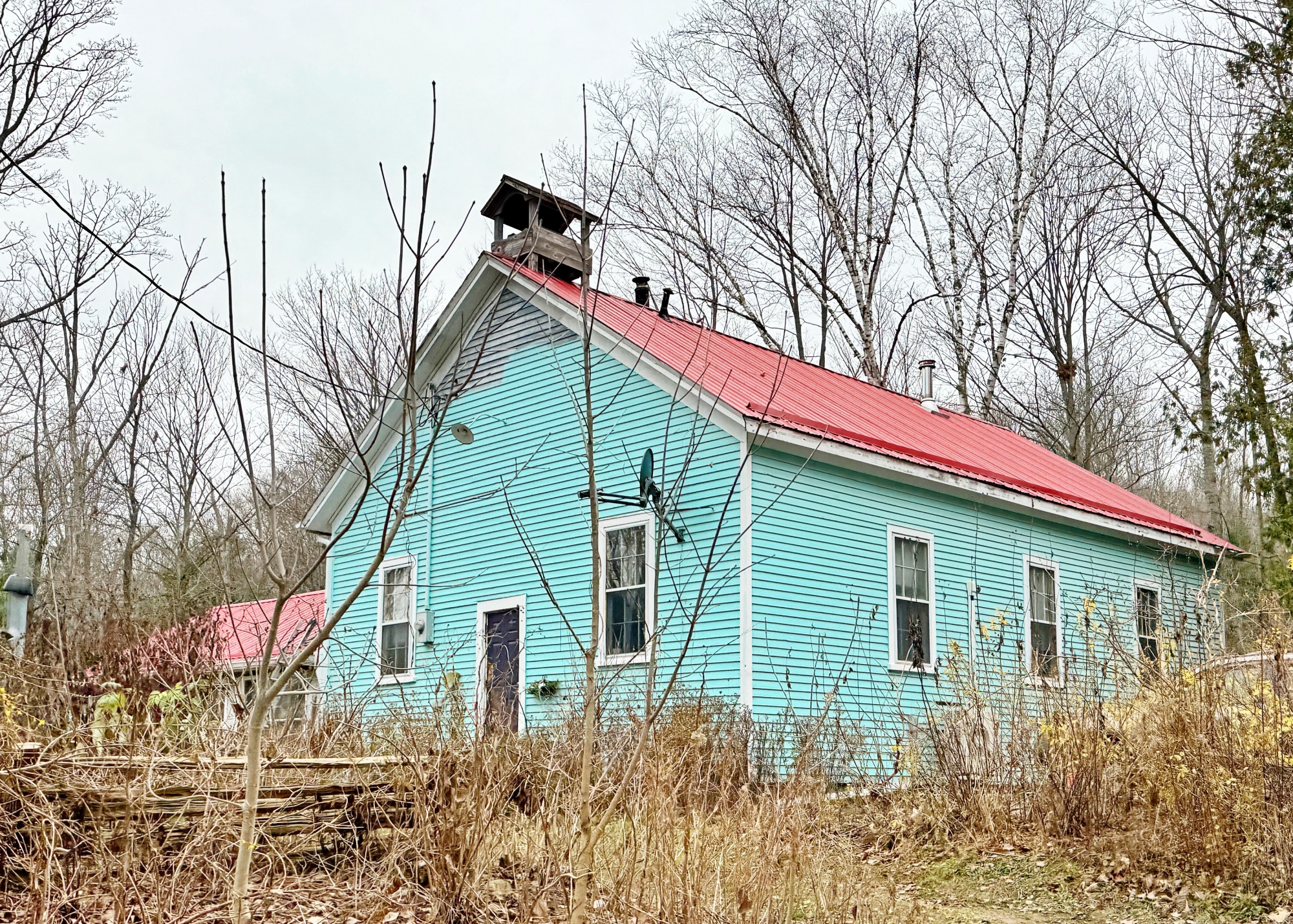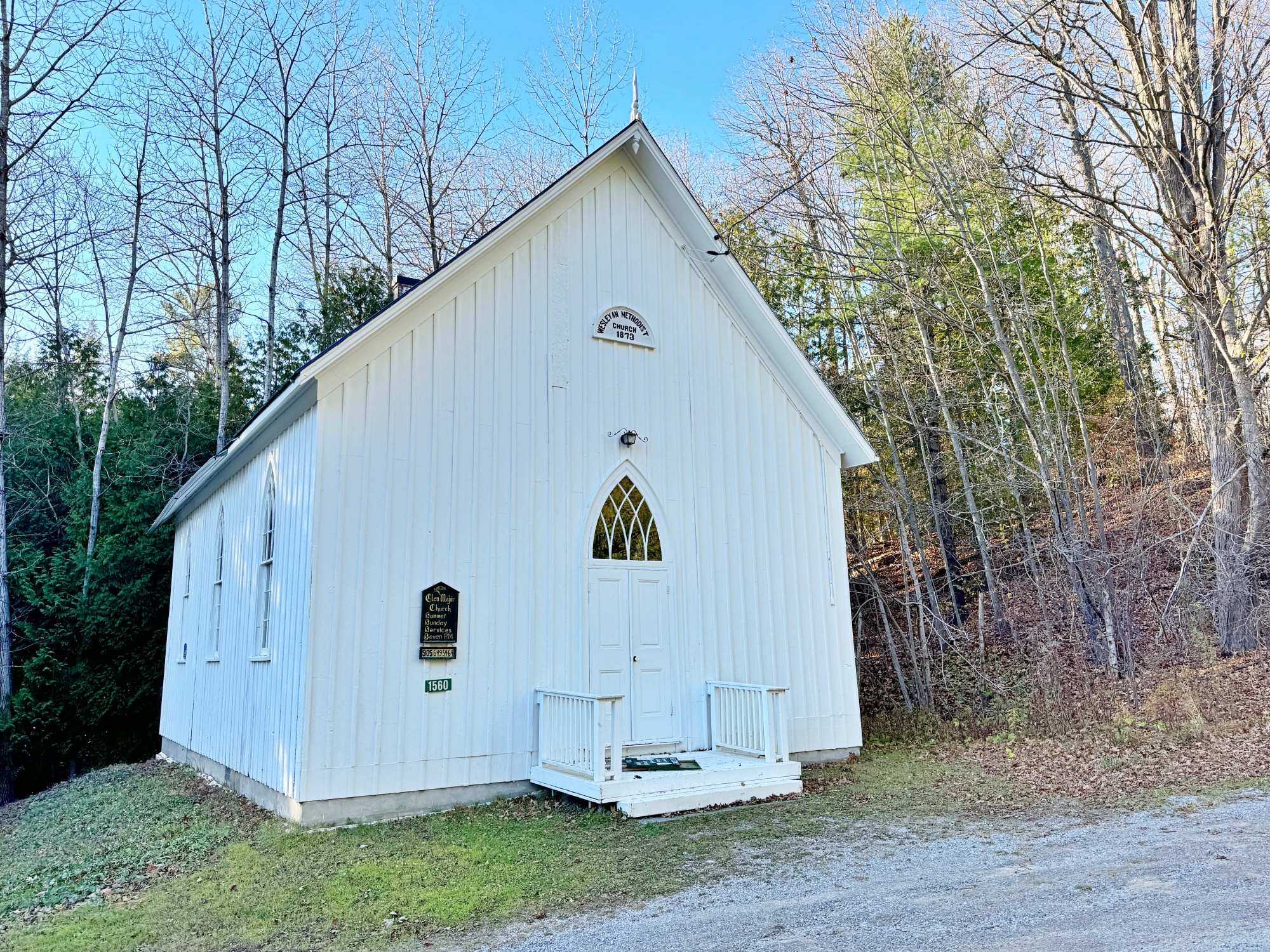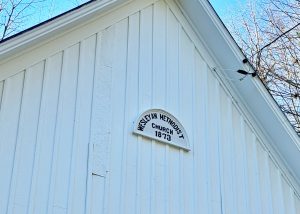Glen Major: A Quiet Reminder of a Once-Bustling Village

Nestled just south of Uxbridge along the 7th Concession lies the Village of Glen Major, a serene community with a rich history. Though it now appears quiet and remote, this area was once a thriving village, alive with industry and community spirit.
A Flourishing Past: Glen Sharrard
The roots of Glen Major trace back to the mid-19th century when it was known as Glen Sharrard, named after the Sharrard family, who established the first sawmill around 1850. The sawmill became the heart of the village, driving growth and drawing settlers to the area.
By the late 1800s, Glen Sharrard was bustling with activity. The village boasted two sawmills, a gristmill, a hotel, a general store, a post office, a train station, a school, and the Wesleyan Methodist Church, which was built in 1873 and quickly became a cornerstone of the community.

School House closed in the 1940’s and is now a private residence
A New Name and Growing Legacy
In the 1870s, Edward Major purchased the sawmills and decided to rename the village in honour of his family. By 1878, Glen Major was officially established. The post office, which had opened in the 1860s, provided a vital connection to the outside world, and the church brought people together for worship and social gatherings.

Possible the General Store or Post Office. Now a private residence.
The Decline of Glen Major
Despite its early success, Glen Major faced challenges as the industrial landscape changed. Larger sawmills in Uxbridge and other towns outcompeted the smaller operations in Glen Major, leading to the mills’ closure before the turn of the century.
As employment opportunities dwindled, the general store followed suit, and the village’s decline accelerated. The post office closed in 1928, and by the 1940s, the school had shut its doors due to a lack of students. Over time, Glen Major faded into a quiet community, leaving only traces of its once-vibrant past.
Remnants of History
Today, Glen Major is a peaceful area, with a few enduring landmarks that tell the story of its past:
- Glen Major United Church: Originally the Wesleyan Methodist Church, this historic building has stood since 1873. In 1925, it became part of the United Church of Canada, continuing to serve the community. Though regular services are no longer held, the church comes alive every summer with Sunday evening services, featuring gospel music and guest preachers.
- Glen Major Anglers Club: Founded in 1897, the club remains active, drawing visitors and preserving the area’s natural beauty.
- The Schoolhouse and Former Store/Post Office: Now private residences, these buildings stand as reminders of the village’s busy past.
- Foundations in the Trees: Scattered throughout the area, these silent ruins mark where homes and businesses once stood.

Glen Major United Church: Originally the Wesleyan Methodist Church

Glen Major Today
While the industry and activity that once defined Glen Major are long gone, its history is still felt in the community’s remaining structures and the memories they evoke. The village serves as a peaceful retreat, offering glimpses into a time when sawmills hummed with activity, the train station bustled with travellers, and the church echoed with hymns.
Glen Major may be quiet now, but its legacy endures, inviting visitors to reflect on the resilience and determination of the people who built and sustained this once-thriving community.
Follow our Uxbridge History blog to learn more about the history around our town.
Source:


 Facebook
Facebook
 X
X
 Pinterest
Pinterest
 Copy Link
Copy Link


